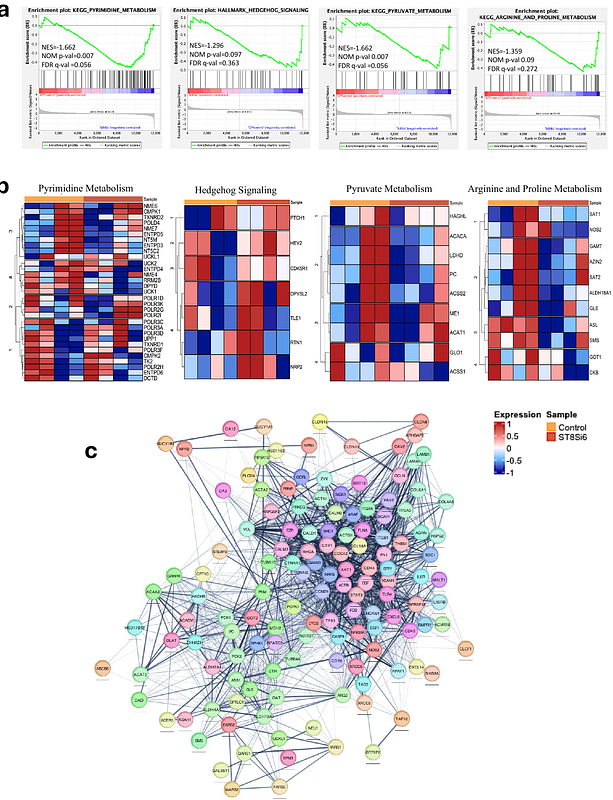Engineering sialylation in pigs: A promising strategy for overcoming xenograft rejection and revolutionizing organ transplantation.

Engineering sialylation in pigs: A promising strategy for overcoming xenograft rejection and revolutionizing organ transplantation.
Roy, S.; Rao, C.; Sims, E. K.; Bottino, R.; Cooper, D.; Piganelli, J. D.
AbstractThe organ shortage crisis leaves over 100,000 people waiting for transplants, causing 6,000 deaths annually. To address this, pigs are being explored as potential donors. Despite advances like the FDA-approved GalSafe pig, immunological challenges remain. Key issues include strong antibody, innate, and cellular immune responses, along with coagulation problems due to differences in glycosides and sialic acid linkages, which prevent long-term xenograft survival. Hyperacute rejection, caused by instant blood-mediated immune reaction (IBMIR), is a persistent problem, characterized by inflammatory and thrombotic responses when, for example, xenogeneic islets contact blood or reperfusion post anastomosis of transplanted organ. To overcome IBMIR, and other innate immune mediated rejection, we expressed human sialyltransferase (ST8Sia6) in otherwise wild type, porcine endothelium, creating human-like sialic linkages on porcine glycoproteins and lipids. This increased expression of human sialic acid 2,8- linkage on porcine endothelial cells, enhanced sialic-acid-binding immunoglobulin-like lectin (Siglec) binding reducing immune effector mechanisms such as complement activation and cell cytotoxicity. It also correlated with reduced CTL-targeted killing, lower levels of CD107a, perforin, and IFN-{gamma} production. This coincided with higher immunoreceptor tyrosine-based inhibition motif (ITIM) induction, mirroring immune tolerance seen in fetal development and tumor immune evasion. Moreover, the landscape of the expression induced transcriptome of ST8Sia6, overexpression in porcine kidney cells revealed differential expression of genes involved in immune downregulation, cell signaling, and metabolic alteration. Expression of 2,8-linked disialic acids on porcine cells protected against immune effector mechanisms, reducing complement activation, immune cell activation, and CTL killing. These findings suggest that enhanced 2,8- linked disialic acid expression can modulate the innate and adaptive immune response, reducing xenograft rejection. This approach may improve xenotransplantation success, mitigate primary non-function in xenografts, and be applied to human iPSC-derived islets and other cell products. Further research into the specific mechanisms of these immunomodulatory effects could guide the development of effective strategies for xenotransplantation.